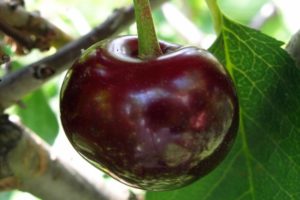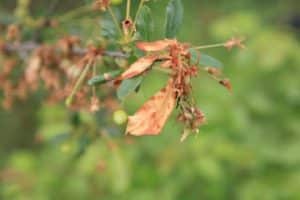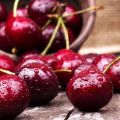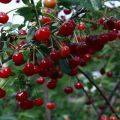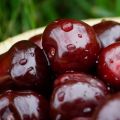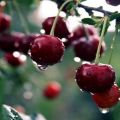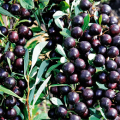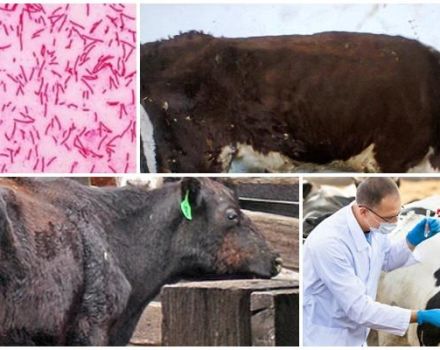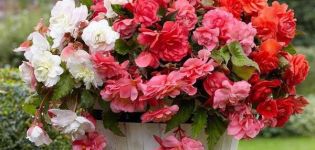Description of the variety of Magaleb cherry Antipka, growing from seeds and tips for care
A variety of cherry varieties allows these trees to be used for household and decorative purposes. Some berries are sweet, more suitable for fresh consumption, others are more sour and at the same time aromatic, good for jam, compotes, making alcoholic beverages. For those who are looking for a plant that is not only fruitful, but also suitable for landscape design, you can pay attention to the cherry of the Magalebskaya Antipka variety.
What is this variety?
These trees are also found under the name Bird cherry Magalebka or Bird cherry Antipka, since they are indeed a subspecies of bird cherry. They have a dense crown, can be used to shade areas of a garden or park. Cherry is unpretentious in care and undemanding to planting conditions. It is found in the wild, the variety is quite rare, the wild-growing Magaleb cherry is listed in the Red Book.
Main characteristics
The tree reaches a height of 10 meters, at least 5-6 meters. The crown is dense, spreading, the branches are slightly drooping. It lends itself well to pruning and shaping, making cherries suitable for hedges.
Very beautiful during flowering, which falls at the end of May. They bloom magnificently, the color of the petals is white, the inflorescences are very fragrant.
The bark and bones have a peculiar smell - it resembles bitter almonds. In Mediterranean cuisine, Antipka kernels are used to make a special spice. The aroma unfolds well in cherry liqueurs and liqueurs.
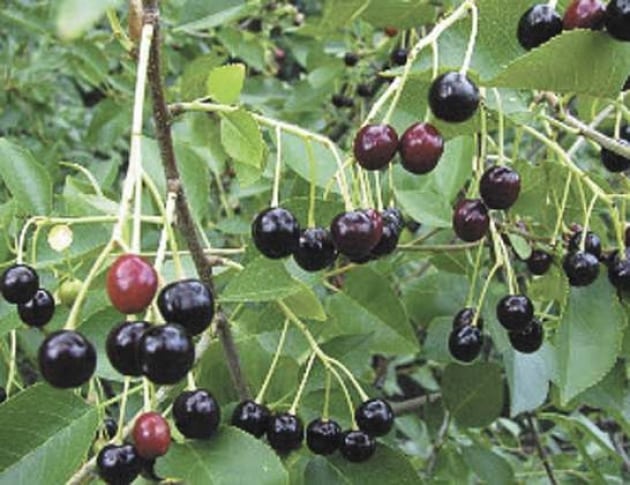
In August, the fruits ripen - small, about 1 cm in diameter, maroon, almost black. They are juicy and aromatic, but the taste is tart, with bitterness. Berries of this variety are rarely eaten fresh, they are usually used for canning and alcoholic beverages.
Growing features
Magaleb cherry is unpretentious; it grows in the wild even on rocky lands. It is easy to look after it, but in order to get a good harvest and beautiful trees for decoration, it is worth creating acceptable conditions for the seedlings.
Like most cherries, the cultivar loves sunny locations, but will grow in partial shade. The place for the seedlings should be protected from the wind. It is not recommended to plant Antipka in acidic soil. Trees tolerate dry summers well, respond positively to feeding and watering. It is better to choose for them calcareous, fertile soils, black soil.
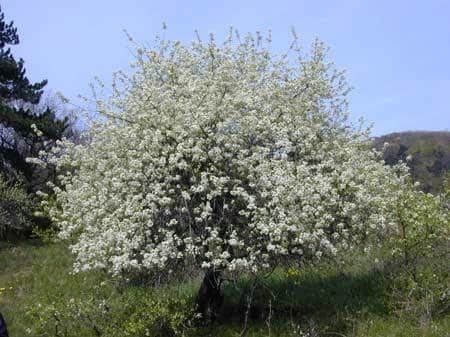
Trees grow well in urban conditions, do not suffer from air pollution. This property allows you to grow cherries in parks, along the roadway. It is important for a gardener to remember that berries grown on a road with a large flow of cars must be thoroughly washed or not eaten at all.They absorb many harmful substances, even if the tree looks healthy outwardly.
The advantage of the variety is the ability to grow seedlings from seeds in an amateur garden plot. In October, the seeds are immersed in well-dug, loose soil to a depth of 4 cm. No preliminary preparation of the seeds is required.
In spring, the seeds give numerous shoots. During spring, summer and autumn, they need only moderate, timely watering. In the fall or next spring - depending on planting density and growth rates - they are transplanted to permanent places for future cherries.
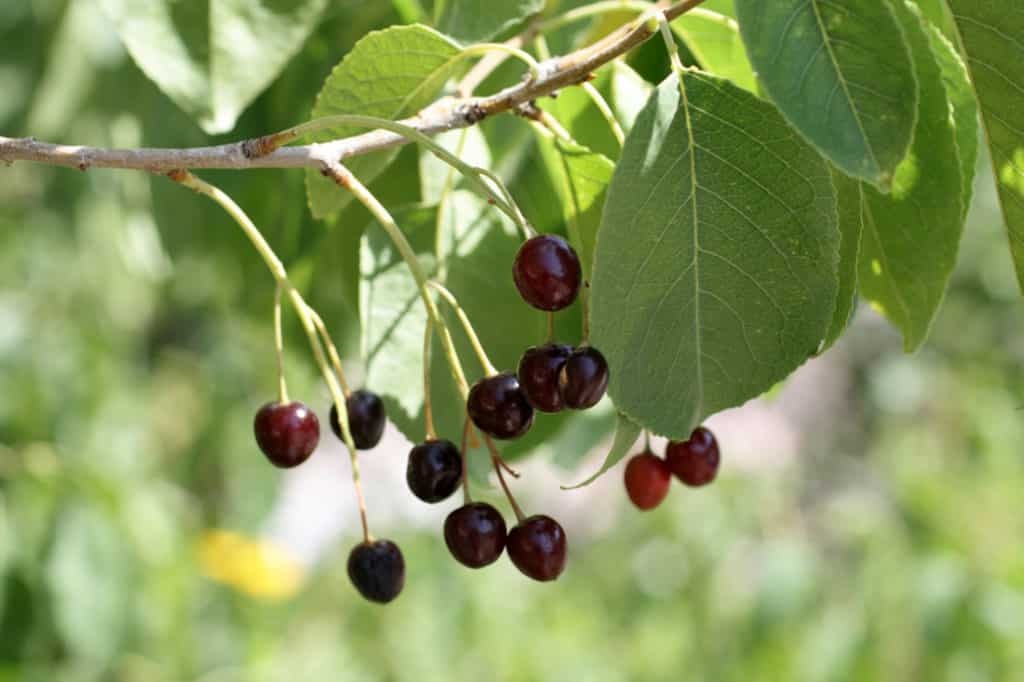
The trees of Magalebskaya Antipka are well suited for planting less winter-hardy varieties of cherry and sweet cherry. Such varieties come into fruiting early, give a bountiful harvest. You need to know that some cherries are incompatible with Antipka, in such cases the grafted variety will grow noticeably worse.
Care Tips
Cherries of this variety do not need special care, they grow and bear fruit in the wild. Main rules:
- choose places with neutral soil acidity, sunny, windproof;
- water the seedlings moderately;
- tree pruning is required for decorative purposes only.
Antipka has average frost resistance, the variety tolerates winter well in the middle lane. If frosts stay below 25 degrees for a long time, young shoots freeze. The next summer the cherry blossoms worse. For the winter, the trunk is sheltered from rodents, the rhizome is insulated.
